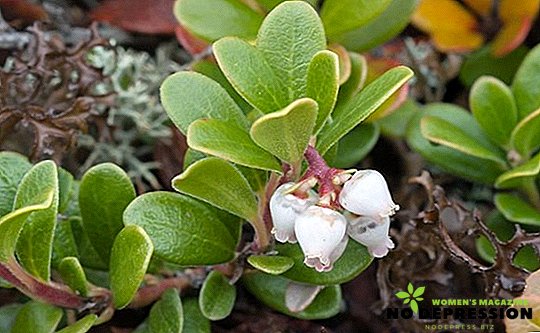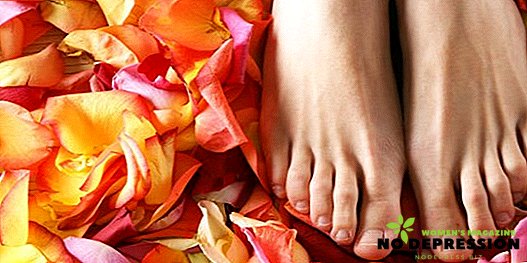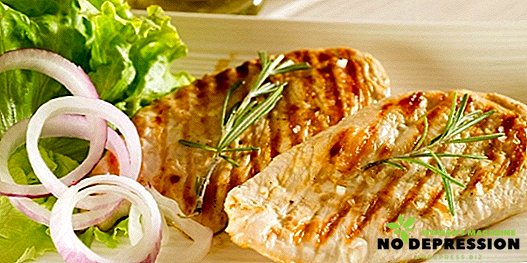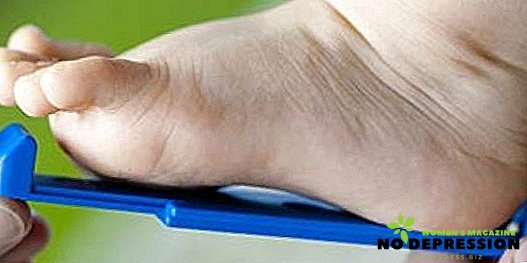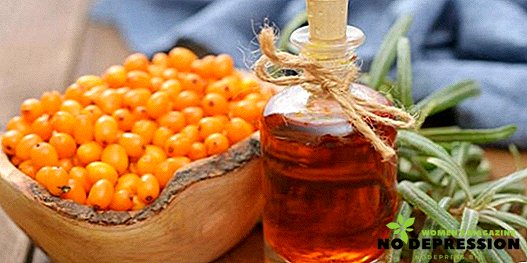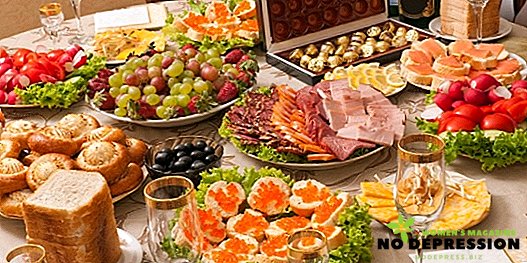Dandelion is very popular among people as an effective therapeutic and cosmetic tool. It grows everywhere in the fields, meadows, along roads, along railway embankments. Europeans have long recognized the value of the plant and began to plant it in greenhouses, on plantations. And we have a dandelion under our feet, it can be found throughout Russia, including on the northern borders of the country.

Features of the medicinal plant

Pharmaceutical dandelion - a perennial plant, related to the Aster family. In different regions of Russia has its own version of the name:
- tooth root;
- down jacket;
- March bush;
- milkman;
- empty water;
- other
Dandelion is a unique natural barometer. Before the rain the flower baskets are closed, - so they try to protect the pollen from getting wet. In clear weather, the earth again begins to be full of bright heads.
In Russia, before the revolution, lettuce varieties of dandelions were brought out. And now in France, the young leaves of the plant, added to a fresh salad, are considered a delicacy. They also eat pickled buds. They are added to vinaigrettes, solyanka instead of capers. Soups are cooked from raw buds, they prepare side dishes and salads. Dandelion leaves go to green cocktails, salads. From the flowers prepare therapeutic jam from hundreds of diseases. The roots roast and eat them instead of potatoes, and also make them a coffee drink.
Collection and harvesting of leaves and dandelion roots
Harvest juice and grass during flowering, which lasts from May to August. The roots are dug and harvested in the first two months of autumn. They do this with shovels or a plow, immersing them to a depth of 20-25 cm. Repeated harvesting of roots in the same place is possible with a break of 2-3 years.

The raw material extracted from the ground is lightly tapped, shaking off the ground, cutting off the upper part, thin lateral roots and washing. Large rhizomes are cut into smaller pieces. Keep on the air for a couple of days, until the milky juice from the wounds dries out. Then dry it in a well-ventilated room, spreading out a low layer and turning it regularly. Under favorable conditions, the natural drying process will last about two weeks. You can use the stove, oven at + 50 C. The roots should be light or dark brown, odorless and have bitterness.
The leaves are harvested better young, - they have less bitterness. Wash, dry and cut into small plates. Put in plastic bags, containers and freeze. In winter, use for the preparation of vitamin cocktails, add to salads and stuff. The leaves can be dried and stored in this form until the winter, and then brew tea, herbal drinks. Milk juice permeated all parts of the plant. It canned, frozen, to ensure long-term storage.
Healing action
The main medicinal raw materials in the plant are its roots. In folk medicine, use other parts of the plant, such as leaves, buds, flowers. All of them in one degree or another have healing properties. The roots and leaves of the flower are largely similar composition, they present:
- bitter glycosides, have expectorant, diuretic and other actions;
- resinous compounds;
- rubber, in the USA, is setting up industrial production of this substance from the milky juice of dandelions;
- polysaccharides (inulin, reduces the level of glycemia);
- natural sugars (fructose, less glucose and sucrose);
- mucous substances;
- amino acids (asparagine);
- vitamin B4 (choline);
- organic acids;
- salts of Ca and K;
- dyes (carotenoids, vitamins, etc.).

The roots also have triterpenoid compounds: taraxasterol, sterols (sitosterol, stigmasterol), taraxol. In the leaves, among other things, there are:
- carotenoids (taraxanthin, flavoksangin, lutein);
- triterpene alcohols (arnidiol and faradiol);
- saponins;
- vitamin C;
- trace elements Fe, Ca and P.
The chemical composition determines the healing properties of dandelion. The plant has a sedative effect, increases appetite, normalizes digestion, increases the amount of milk during lactation, improves metabolism in skin diseases and serves as a laxative, mucolytic and tonic.
The whole plant has a heat-reducing, choleretic and anthelmintic effect on the body. It is believed that the hot extracts of the deciduous parts of the plant remove dangerous toxins from snake bites. Dandelion preparations are taken alone or in combination with other choleretic herbs for anacid gastritis, cholecystitis, pathologies of the gallbladder and chronic constipation. In addition, in recent scientific studies have been established antiviral, anticarcinogenic, anti-tuberculosis properties of the plant.
Indications for use
Dandelion preparations have an extremely broad spectrum of action. Therefore, they can be used in most diseases, unless there are individual contraindications. So, flower preparations are effective for:
- Bad appetite.
- Diabetes mellitus.
- Cancer Prevention.
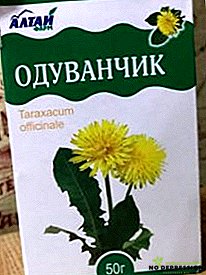 Breast Tumors
Breast Tumors- Allergies.
- Spring avitaminosis.
- Anemia
- Inflammation of the lymph nodes.
- Arthritis.
- Rheumatism.
- Gout.
- Atherosclerosis.
- Cystitis
- Pyelonephritis.
- Kidney stones and biliary ducts.
- Diseases of the liver (hepatitis), gallbladder and ducts.
- Chronic coronary insufficiency.
- Hypertension.
- Hemorrhoids.
- Corns.
- Burns
- Exudative diathesis.
- Bronchitis, tuberculosis.
- Diseases of the teeth and oral cavity.
- Pathologies of view.
And this is not a complete list of diseases in which dandelion drugs bring real relief to the patient's condition.
Recipes of traditional medicine
In ancient Russia, dandelion was considered the elixir of life and was widely used in medical practice. Many of the recipes have come down to us.
Dandelion tea
 Herbal tea, which includes dandelion root, can be purchased in finished form. Some manufacturers specializing in herbal teas and medicinal collections, have in their range of similar drinks.
Herbal tea, which includes dandelion root, can be purchased in finished form. Some manufacturers specializing in herbal teas and medicinal collections, have in their range of similar drinks.
Homemade recipes are based on the roots or leaves of the plant. Root must be fried to a brown shade, drop for a few minutes in boiling water intended for the preparation of the drink. Strain and tea is ready.
Dandelion Tincture
Slightly more than half a glass of crushed roots pour half a bottle of high-quality moonshine (vodka). Close the lid tight, insist about a crescent, periodically shaking. Raw materials for alcohol extracts are used both raw and dried.
Dandelion honey
Dissolve sugar in water (1 kg / 2 cup), bring to a boil. Pre-pick flower heads, rinse. Dip in boiling syrup for twenty minutes. At the end, squeeze a lemon, turn off the gas after a minute or two. When cool, strain.
Honey helps to strengthen the immune system, to cope with colds, to compensate for the lack of vitamins in the winter. Collect flowers in the city is undesirable. Dandelion tends to accumulate harmful substances, including lead and other heavy metals.
Broth roots and leaves

One teaspoon of the roots and herbs of the plant fall asleep in a thermos and pour 250 ml of boiling water. Insist for at least an hour, then take in the filtered form, 50 ml each 4 times a day on an empty stomach. It helps with chronic constipation, hemorrhoids, as an antipyretic and diaphoretic for colds. Infusion helps with vitamin deficiency, anemia, rheumatism, gout, inflammation of the lymph nodes, skin diseases.
Dandelion Root for Oncology
It has been scientifically proven that dandelion root is effective in the chronic form of myelomonacial leukemia. It is a disease of the elderly, in the bone marrow first a benign tumor is formed, and over time it turns into a cancerous formation. It was also found that the plant drugs cope with non-invasive breast cancer.
As for the other types of cancer, research in this area is being conducted. In folk medicine, dandelion root in cancer is used quite successfully, helping to alleviate the condition of the patient and stop the growth of malignant tumors.
Dandelion in cosmetology
 Dandelion juice and its extract are used to moisturize and nourish the skin, as well as removing pigment islets and even out the complexion. To remove stains and warts, use the milky juice of the stems. Hot extracts of the roots cope with furunculosis, eczema and skin rashes.
Dandelion juice and its extract are used to moisturize and nourish the skin, as well as removing pigment islets and even out the complexion. To remove stains and warts, use the milky juice of the stems. Hot extracts of the roots cope with furunculosis, eczema and skin rashes.
To make a mask for dry or aging skin, it is necessary to chop the freshly harvested leaves, mash them in a mortar, adding a little water to extract the juice. Then mix with the same amount of honey. Apply the mixture for 15 minutes on the face. Before applying wipe the skin with vegetable oil (olive, corn).
Those who regularly eat the leaves of the plant in the form of salads, green cocktails, have a bright blush, a healthy complexion, the skin is gradually cleared, eels, boils and acne disappear.
Contraindications to the use
Dandelion extracts should not be included in the treatment regimen if the patient has ulcerative pathologies of the gastrointestinal tract, hyperacid gastritis, a tendency to impaired stool (diarrhea). It is impossible to use drugs in large doses for women during gestation of the fetus, its feeding. The plant is contraindicated in people who are hypersensitive to individual components of the flower. It is highly undesirable to give fresh flower stems to children, as they can cause symptoms of poisoning.
Dandelion - a beautiful and useful plant that carries the energy of the sun and the earth. It generously bestows the health of the people who resort to it for help. The main thing to consider all dosages and contraindications.


 Breast Tumors
Breast Tumors